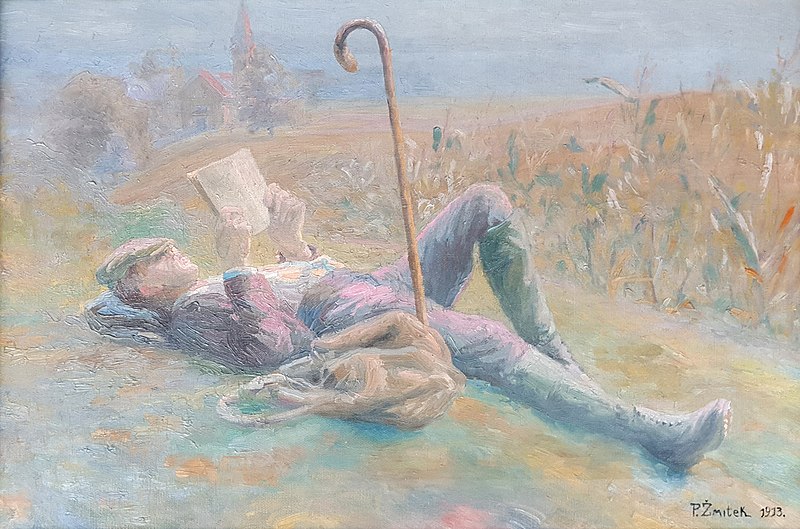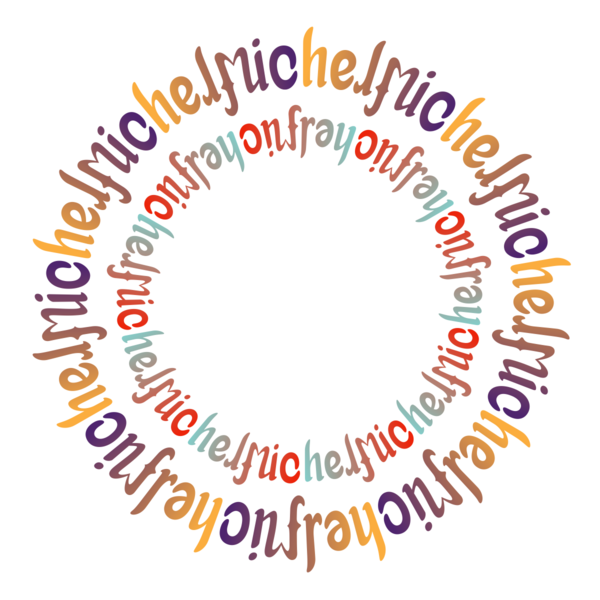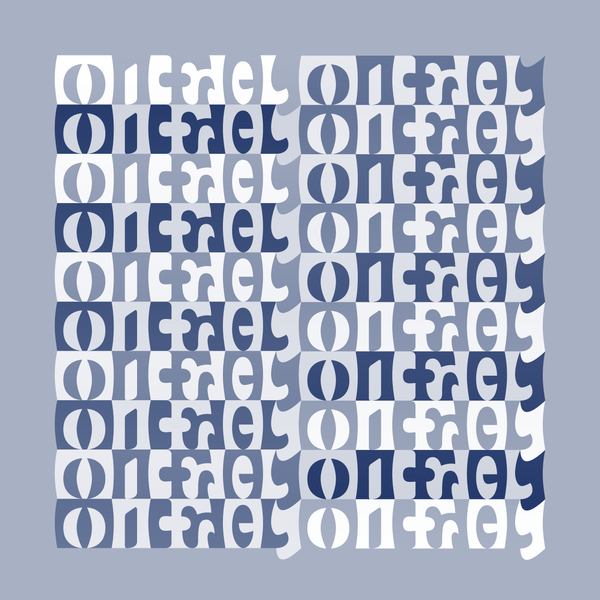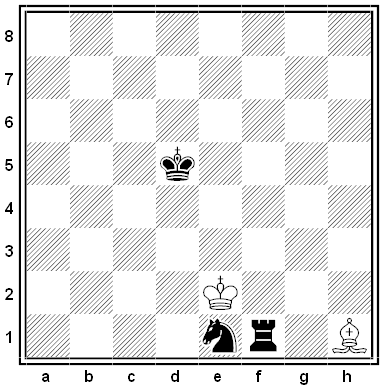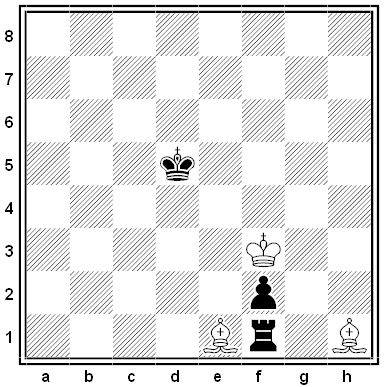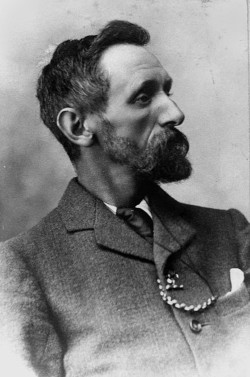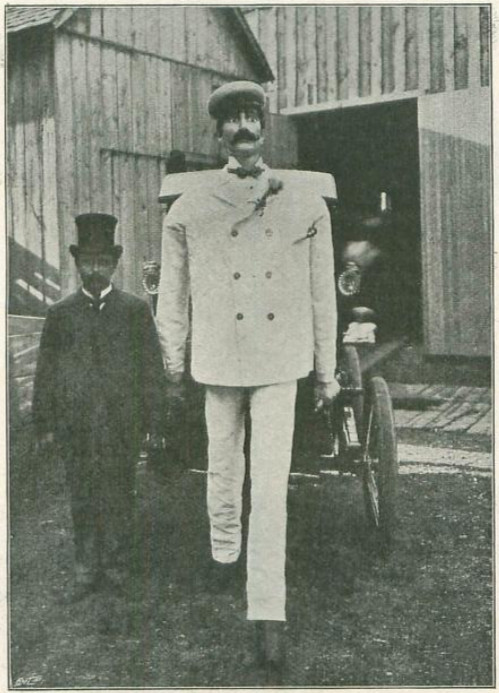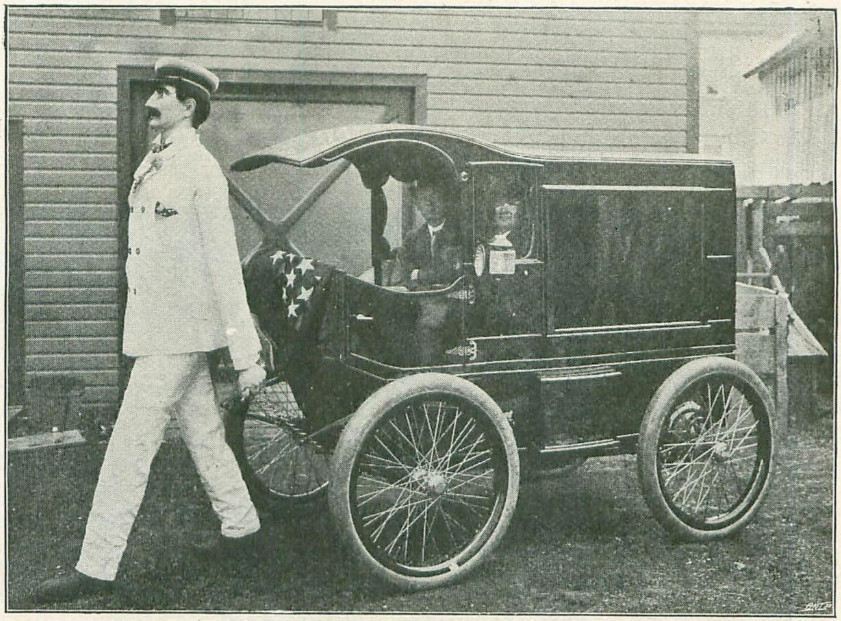When James Cameron was serving as second unit director on Galaxy of Terror (1981), he was asked to film an insert of a severed arm that’s being eaten by maggots. The team made a fake arm, covered it with mealworms, lit the shot, and rolled the camera, but the mealworms didn’t move. “They looked completely inert,” Cameron said. “So I thought, well, what would happen if we put a little electrical current through these worms? Maybe they’d jump around a little more.
“So we get all ready to do the shot and two guys I knew who were producers had come up behind me to watch me work because they had heard I was doing some directing. I rolled the camera and when I said ‘Action,’ what they saw was two hundred mealworms all come to life. When I said ‘Cut,’ they stopped moving.
“This must have been tremendously impressive to two low-budget horror-movie producers. I’m sure they ratcheted up in their mind that if I could get a performance out of worms, I probably could work very well with actors.” They hired him that day to direct Piranha II.
(Robert J. Emery, The Directors: Take One, 2002.)

